Multimedia Content and the Semantic Web —— Standards, Methods and Tools
----- 多媒体内容与语义网络—方法、标准与工具
The emerging idea of the semantic web is based on the maximum automation of the complete knowledge lifecycle processes: knowledge representation, acquisition, adaptation, reasoning, sharing and use. Text-based based browsers involve a costly information-retrieval process: descriptions are inherently subjective and usage is often confined to the specific application domain for which the descriptions were created. Automatic extracted audiovisual features are, in general, more objective, domain-independent and can be native to the audiovisual content. This book seeks to draw together in one concise volume the findings of leading researchers from around the globe. The focus, in particular, is on the MPEG-7 and MPEG-21 standards that seek to consolidate and render effective the infrastructure for the delivery and management of multimedia content. Provides thorough coverage of all relevant topics, including structure identification in audiovisual documents, object-based video indexing, multimedia indexing and retrieval using natural language, speech and image processing methods Contains detailed advice on ontology representation and querying for realizing semantics-driven applications Includes cutting-edge information on multimedia content description in MPEG-7 and MPEG-21 Illustrates all theory with real-world case studies gleaned from state-of-the-art worldwide research. The contributors are pioneers in the fields of multimedia analysis and knowledge technologies This unified, comprehensive up-to-date resource will appeal to integrators, systems suppliers, managers and consultants in the area of knowledge management and information retrieval; particularly those concerned with the automation of the semantic web. The detailed, theory-based practical advice is also essential reading for postgraduates and researchers in these fields.
{{comment.content}}
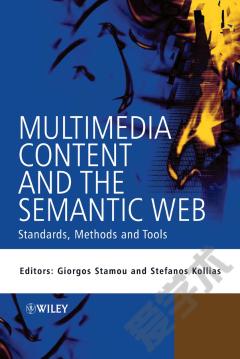
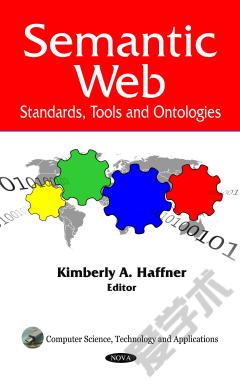


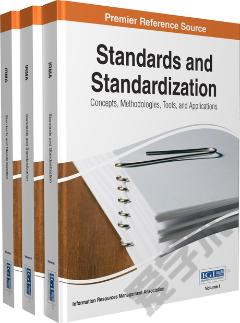
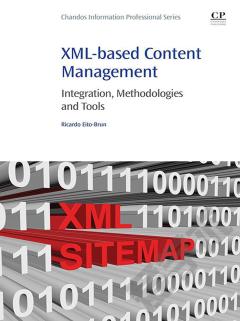
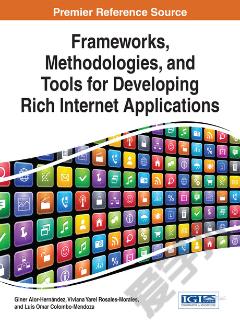

 京公网安备 11010802027623号
京公网安备 11010802027623号